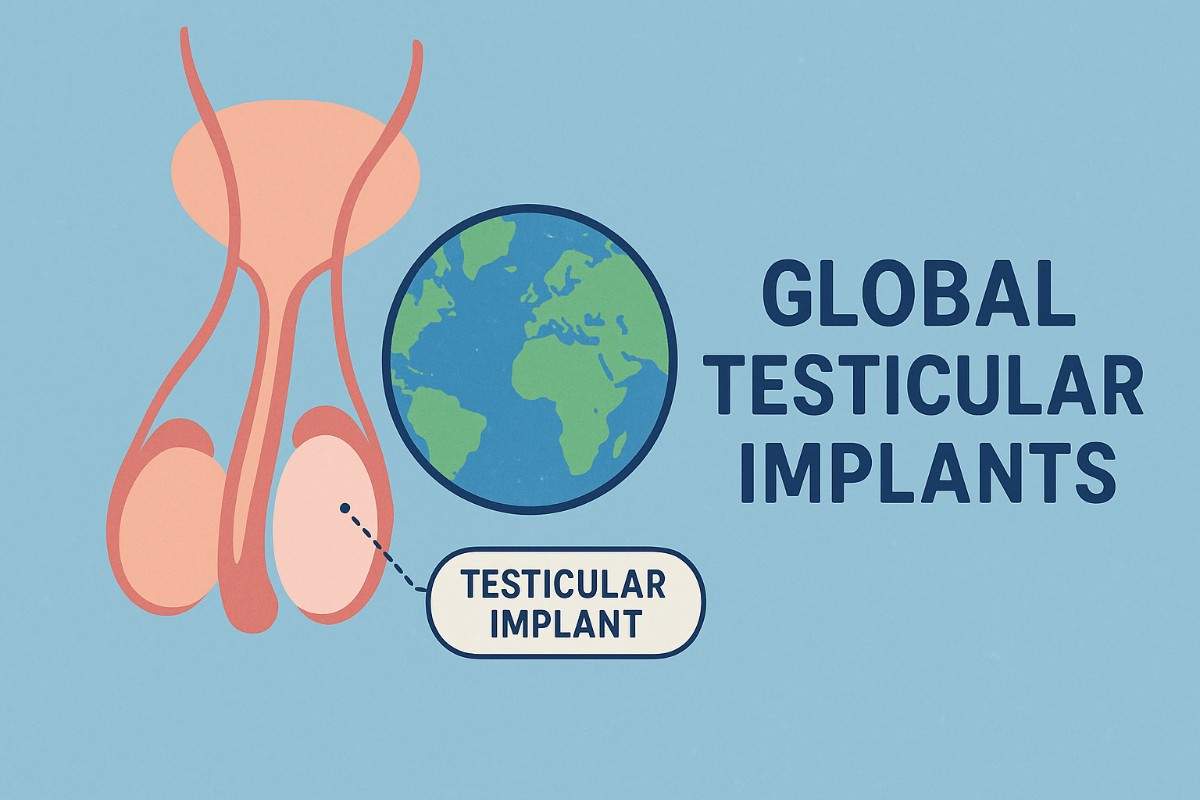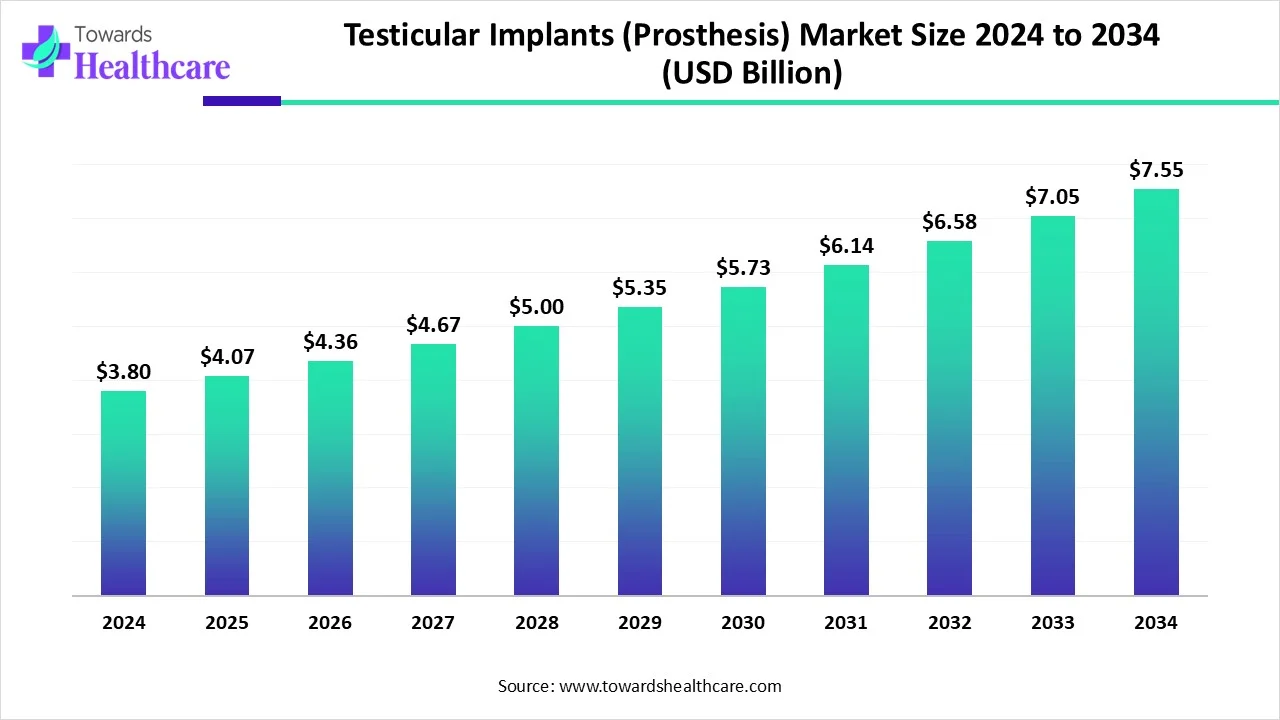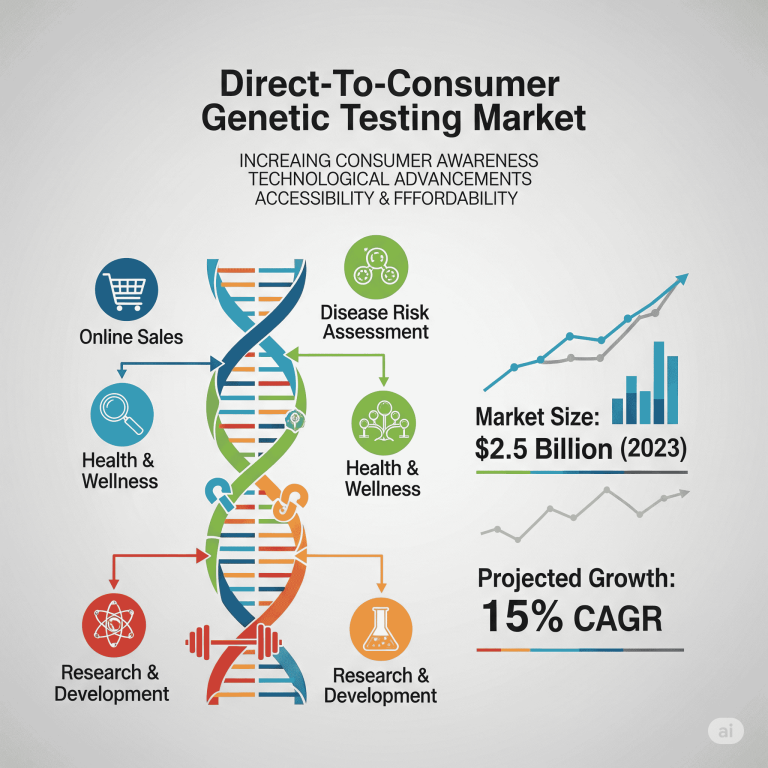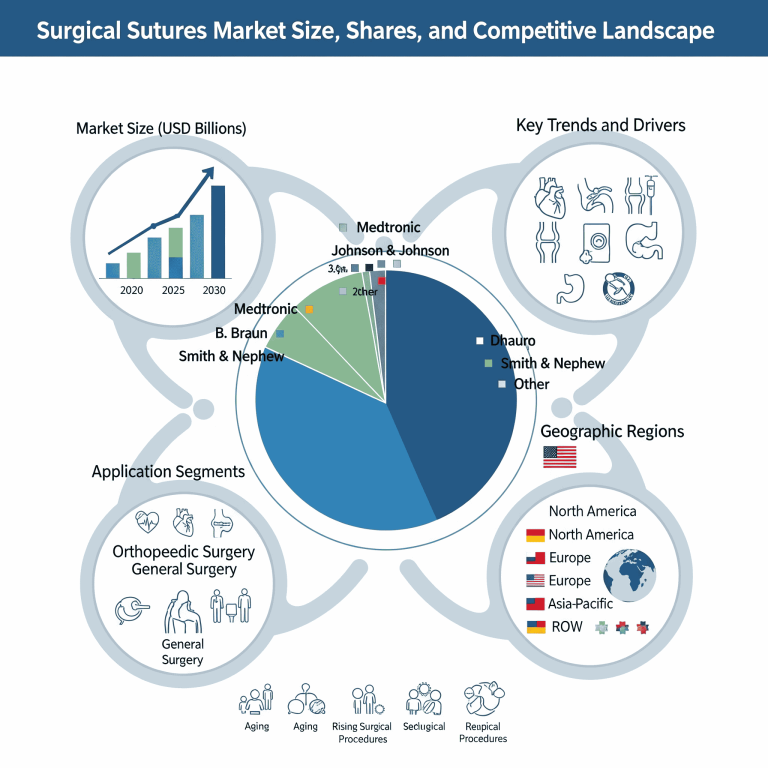
The global testicular implants (prosthesis) market is projected to grow significantly, reaching USD 7.55 billion by 2034 from USD 3.8 billion in 2024, reflecting a compound annual growth rate (CAGR) of 7.14 percent.
This growth is fueled by a rise in testicular cancer cases, congenital conditions like cryptorchidism (undescended testicles), and monorchism (having only one testicle). Increasing awareness, coupled with the emotional and psychological need for cosmetic and functional restoration, has led to a greater demand for these implants worldwide.

Market Segmentation Highlights
By Product Type
-
Silicone implants held the largest revenue share in 2024 due to their natural appearance and high patient satisfaction.
-
Saline-filled implants are expected to grow at a faster CAGR during the forecast period, driven by advancements in biocompatibility and safety.
By Material
-
The silicone segment was dominant in 2024, credited to its natural feel and widespread use in reconstructive surgery.
-
Polyurethane is anticipated to be the fastest-growing segment due to its enhanced durability, tissue mimicry, and reduced risk of complications.
By End User
-
Hospitals led the market in 2024 thanks to their complete setup for consultation, surgery, and post-operative care.
-
Specialty clinics are expected to witness rapid growth as demand rises for advanced implants, including gender-affirming surgeries and cosmetic procedures.
Invest in Our Premium Strategic Solution: https://www.towardshealthcare.com/download-databook/5793
Regional Insights
North America: Market Leader in 2024
North America captured the largest market share in 2024, driven by high awareness levels, acceptance of reconstructive procedures, and access to advanced implants. The U.S. leads the region, where Torosa, the only FDA-approved saline-filled implant, is widely used.
Asia Pacific: Fastest-Growing Region
Asia Pacific is forecasted to be the fastest-growing region from 2025 to 2034. Rising cancer incidences in young men and increasing demand for gender-affirming surgeries are major contributors. China and India are experiencing rapid adoption due to technological innovation, cost-effective care, and growing awareness.
Europe: Rising Research and Functional Innovations
Europe is focused on developing functional prostheses that could release testosterone, reducing the need for hormone therapy. Germany and the UK are witnessing growth through aesthetic preferences and reimbursement support for implant procedures.
Get All the Details in Our Solutions – Access Report Preview: https://www.towardshealthcare.com/download-sample/5793
Industry Trends and Latest Initiatives
Recent years have seen a wave of collaborations and campaigns to raise awareness about testicular cancer and available treatments.
-
BuzzBallz and Testicular Cancer Awareness Foundation partnered in March 2025 to promote cancer education.
-
MANSCAPED and NASCAR initiated a campaign to support the Testicular Cancer Society, promoting early detection.
-
FP7McCann Dubai and Testicular Cancer Society also launched a campaign in April 2025 to push early screening.
The Role of AI in the Testicular Implants Market
Artificial intelligence (AI) is playing a transformative role in this market:
-
AI algorithms are being used to analyze CT scans and tailor implants based on scrotal anatomy and tissue characteristics.
-
It aids in risk assessment for complications like infection or extrusion.
-
AI-driven tools help customize the size and type of implants, improving patient outcomes and satisfaction.
If you have any questions, please feel free to contact us at sales@towardshealthcare.com
Market Drivers and Restraints
Key Drivers
-
Increasing number of testicular cancer cases globally.
-
Advancements in surgical techniques and implant technology.
-
Rising acceptance of orchiectomy and reconstructive surgeries.
Restraints
-
High cost variability based on implant type and healthcare facility.
-
Complications such as infection, erosion, or psychological impacts continue to limit adoption.
Opportunities in Customization and Material Innovation
The market is embracing 3D printing and tissue engineering to create customized implants with better biocompatibility, rigidity, and cosmetic appeal. These innovations aim to meet diverse patient needs and improve long-term satisfaction.
FAQs
Q. What is a testicular implant?
A testicular implant, also known as a testicular prosthesis, is a surgically inserted artificial testicle used to restore the appearance and feel of a lost or absent testicle due to cancer, trauma, or congenital conditions.
Q. Why is the silicone material segment dominant in the market?
Silicone is preferred due to its natural appearance and texture, offering higher patient satisfaction. It is widely accepted by both surgeons and patients for reconstructive procedures.
Q. What regions are leading and growing in the testicular implants market?
North America dominated in 2024 due to high awareness and FDA approvals. However, Asia Pacific is the fastest-growing region, driven by increasing cases of cancer and gender-affirming procedures.
Q. How is artificial intelligence impacting this market?
AI is being used to analyze medical imaging, personalize implants based on individual anatomy, predict complications, and recommend optimal implant types, thereby improving outcomes and satisfaction.
Q. What are the main challenges in the market?
Key challenges include cost barriers, surgical complications, and psychological concerns related to implant acceptance, especially in cases involving past complications with materials like silicone.
To access the full market report : https://www.towardshealthcare.com/price/5793




